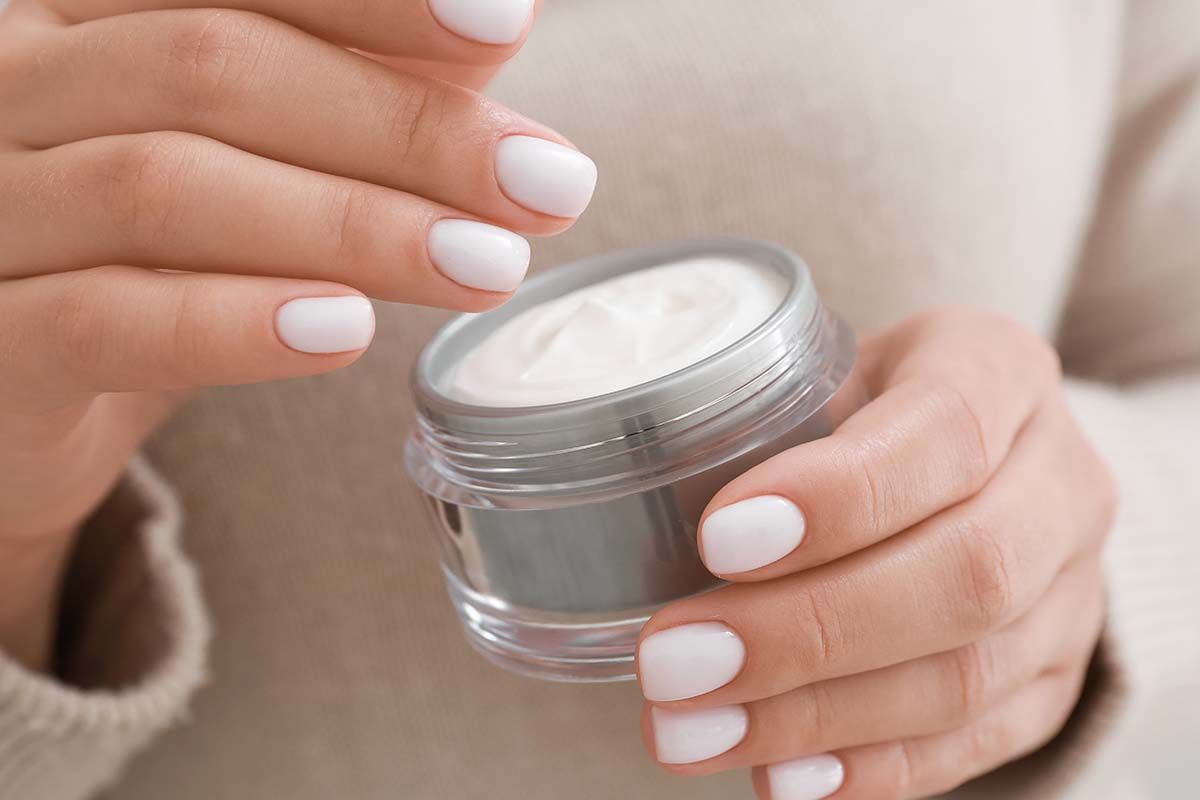Marc Jacobs once said, “Makeup is the finishing touch, the final accessory.”
How big is the beauty industry? Up from $483B in 2020 to $511B in 2021 – and with an annual compounded growth rate of 4.75% worldwide – it’s predicted to exceed $716B by 2025, and $784.6B by 2027.
The industry is affected by seasonality – researchers have found that weather conditions and emotional changes affect consumers’ beauty needs, habits and regimes. Because of this, manufacturers need to capitalize on the seasonality of cosmetics with products for specific needs in different seasons.
MNI cites that consumers are continuously look for products to satisfy their changing needs year-round. On that, beauty brands and retailers should develop and market seasonally appropriate products to satisfy the needs of beauty shoppers. The following are some of the opportunities for innovation they mention within this category are 1) timing of products, 2) season by season and 3) between seasons.
According to Mintel Beauty & Personal Care (BPC), seasonal products accounted for as many as 11.1% of all beauty and personal care launches in 2014, up from 9.8% in 2011. What’s more, seasonal facial skincare launches rose from 0.5% of global launches in 2009 to 1.2% in 2014.
This shows that consumers are becoming more aware of how the products effect our skin and require multiple products, accordingly the market has taken advantage of on this opportunity. “A new generation of winter care products offer additional care and hydration for the skin. These tend to target dry or very dry skin and mention cold, dry weather. However, the future will see the arrival of boosters that address cold, damp weather as well as the extremes of dryness,” highlights Vivienne Rudd, Director of Insight, Beauty and Personal Care at Mintel. As more facts are found about how skin reacts to different temperatures the more this trend will continue. We now are personally realizing how different skin care should be even with a 5-degree change in temperature, and this is playing a vital role in the growth of the beauty industry.
For example, Mintel’s consumer research reveals the strong global consumer demand for skincare launches that tap into changing seasons. Four in five (80%) German consumers claim their facial skin needs change throughout the year and almost half (48%) of Chinese female facial skincare users choose products from different brands in different seasons.
Seasonality offers the beauty industry opportunities to target specific demands. Beauty brands can gather insights about consumer behavior to develop more seasonal products and use creative strategies to convince consumers that their products are both necessary and effective.
How the Beauty Industry Can Plan for Seasonality
Planning to have seasonal products available for purchase, whether it be in-store or online, is especially crucial for the cosmetics industry. Using Weather Source’s OnPoint Weather and OnPoint Climatology, cosmetic manufacturers are able quantify the impact of weather data on seasonal product sales and then use data to determine when the season is forecast to begin. Focusing on seasonal product rotation based on weather versus predetermined dates ensures that you are marketing products to customers at the precise time they are starting to look for these seasonal products.
OnPoint Weather allows businesses to make better-informed decisions to improve operational and organizational efficiency, so that the right (beauty products) are ready for sale, and sufficient inventory exists at the right time of the year. These companies seamlessly incorporate the OnPoint Weather Product Suite into their business intelligence and generate insights to discover how weather impacts their bottom lines.
OnPoint Weather data enables companies to reduce wasteful spending, increase ROI, optimize logistics, control inventory, improve resource planning, and maximize marketing campaigns.



